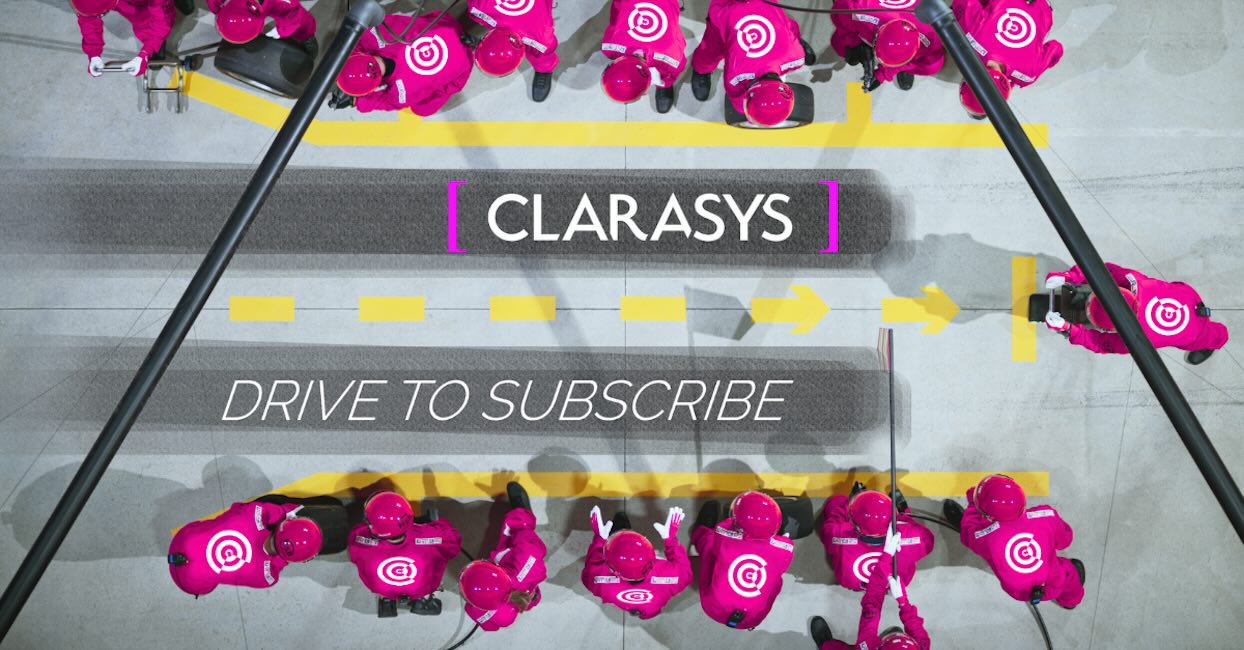We are the experience consultancy, and so we strongly advocate to our clients that they start any improvement by considering the experience they want to deliver.
Experience to deliver the service as designed
Experience to deliver the service as designed
We are the experience consultancy, and so we strongly advocate to our clients that they start any improvement by considering the experience they want to deliver.

We are the experience consultancy, and so we strongly advocate to our clients that they start any improvement by considering the experience they want to deliver. Motivated by their customers, our clients aim for a Customer Experience (CX) that aligns to their values, the value proposition of their services or products, and their organisation’s brand. Analysis and design of CX is therefore a strategic consideration in pursuit of the right balance of customer value, business value and employee experience.
By contrast, designing how the intended CX will be delivered (‘Service Design’) is an operational challenge; and it affects every part of the operating model. Processes are driven by their touch-point with the customer. Technology and data change in order to automate processes and analyse their performance. Capabilities adapt to perform new roles; and governance responds to demands for quality and compliance.
Service Design depends on design choices being made by reference to the human they benefit (a form of ‘human-centred design’); but this is not always how it is executed. As organisations move from the strategic agenda into execution, their focus moves from the experience that will be delivered to the operations that will be performed. Operational effectiveness (‘doing the right thing’) can be sacrificed in pursuit of operational efficiency (‘doing the thing right’).
Some organisations progress by designing a static Target Operating Model (TOM) that defines the success of any subsequent implementation. In the absence of implementation and experimentation, this TOM’s design choices rely on leadership biases and top-down business analysis; and so the CX that this TOM will deliver begins to drift off-target (i.e. a failure to apply ‘Service Design thinking’).
Those organisations that apply an agile mindset avoid this drift, by testing their design choices early and often. In collaboration with front-line staff and carefully selected customers, they validate their vision and design principles, they prototype and test key touch points in their future processes, and they adjust their designs accordingly. In this way, such organisations maintain the link between the Service Design and the CX it delivers. Additionally, the evolution of ideas from both a strategic and customer-facing perspective increases ownership of the new operating model. Employees feel a heightened sense of empowerment and ownership of the new operating model, which reduces its delivery risk.
Once the new operating model is in effect, ongoing CX has a strong dependency on the people who deliver it. The operating model is a ‘model’ because it’s an ideal. In execution, the organisation can always expect some variation from the model. It’s not possible for the Service Design to take account of all possible scenarios; and so employees play a critical role in the delivery of CX under the changing circumstances of day-to-day work. As a result CX has a critical dependency on Employee Experience (EX).
This dependence on EX manifests itself in many ways. There are practical considerations, such as maintenance of knowledge through reduced churn, or improved capacity planning through reduced sick-leave. Beyond these there are more intangible benefits of engaged employees, who are motivated and empowered to do the right thing. Customers feel the difference. This is true from front-line staff all the way through the organisation – as a customer, I expect you know when you’re talking to a call-centre worker who is disengaged from their work, even if they resolve your problem; and the difference matters.
One result of all this complexity is that it is a non-trivial task to make and maintain the link between CX and Service Design. It takes experience to deliver the service as designed; and when that happens it’s a positive experience for everyone.
This post was originally written by Philip Richardson

